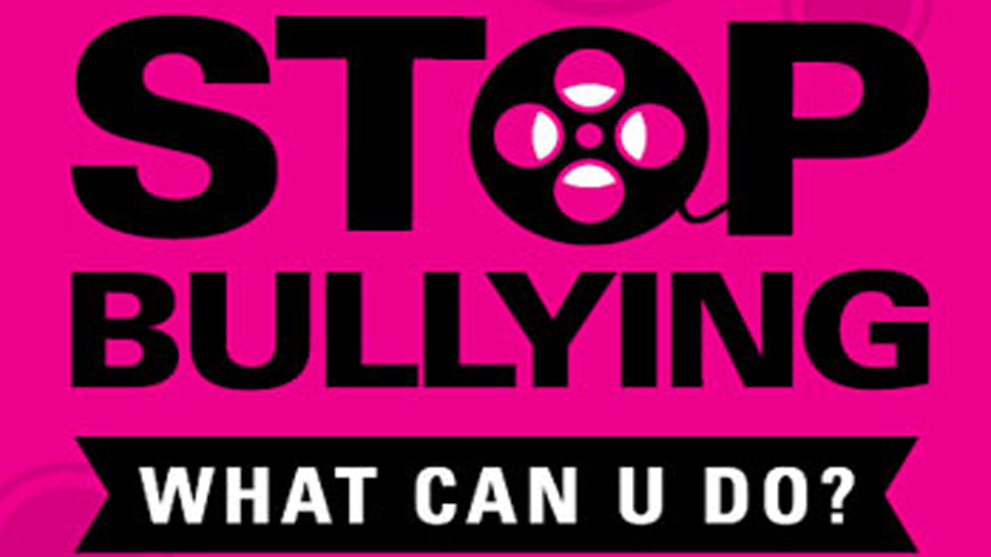The Family Unit
Canadians Band Together to Stand Up to Bullying
Last week communities across Canada participated in different initiatives to eradicate bullying.
Many classrooms were a sea of pink or blue this week with students wearing these colours to protest bullying.
Thursday November 17th people wore pink in recognition of a bullying situation that occurred in the United States where a boy was bullied because he simply wore a pink shirt to school. To support the student his classmates decided to wear pink, a sign to the bully that they weren’t going to be bystanders. When it comes to blue, the website BullyingAwareness.org encouraged students to wear blue on Friday as a sign of peace and safety.
The organization chose blue because of Nobel Peace Prize recipient former Canadian Prime Minister Lester B. Pearson establishing the United Nations Peacekeepers, who wear blue as a symbol of peace as they perform their work around the world.
Over the last six weeks, in Ontario, bullying was thought to be the cause of three student suicides which has stirred the province and even television personalities, to call on more people to stand up to bullying.
Unfortunately, these are not the first suicides due to bullying, in what is becoming a trend among youth in recent years.
In 2004, on a cold November evening in Strathroy, a small town in southwestern Ontario, John Melo found his Grade 10 son hanging from a tree in their family’s backyard. Josh had been the target of bullying; his bullies believed he was gay because of his gentle nature. His suicide inspired three mothers to create the London Anti-Bullying Coalition whose mission is to create a bully-free school environment where students can attend school safely and without worry.
One of the co-founders, Corina Morrison, knows all too well what it’s like to have a son bullied and the death of Josh stirred her to do something to help parents in her hometown of London.
Since Josh’s death seven years ago, Morrison has met with government officials, politicians and spoke with many parents who are trying to navigate their students to safety from a bully while attending school.
“The Ontario Liberal government has spent $230M in the past five years that has gone directly to Safe School initiatives,” says Morrison.
“Has it made a difference?” she asks. “Awareness and education is always a piece to the issue but more coalitions are popping up around the province and more children are committing suicide.”
Chris Quigley, Crisis Intervention Worker for the Petawawa Military Family Resource Centre, encourages parents who visit her office to connect with their child’s teachers and principal when dealing with bullying.
“If they are not satisfied with the results, I encourage them to go right to the school board,” says Quigley. “Also, I have used the following sites when I refer families to resources on line: www.tolerance.org/activity/bulling-survey, www.educationworld.com/a_special/bully.shtml.
“Journal everything,” suggests Quigley. “What happened, who you spoke to. Keep the lines of communication with your child open, don’t blame, and follow your school’s protocol when it comes to reporting a teacher, principal, superintendent, trustee, director, or elected MP. File a human rights complaint, hire a lawyer. You have to do whatever it takes to keep your child safe in school.”
Morrison says accountability and natural consequences for poor behaviour are missing when it comes to administration dealing with bullies.
Greg Lumbiv, executive director of the Phoenix Centre in Pembroke, suggests parents be aware of the following behaviours from their children, as they may be struggling with bullying.
- Change in eating or sleeping habits (eats more/less, sleeps more/less)
- Change in friendships: Not spending time with friends or suddenly hanging around with a very different group
- Not knowing where your child is or what they are doing
- Constantly complaining about going to school or being ill so they do not have to go
- Change in performance at school: She used to get A’s and now is getting C’s, or the reverse, used to get C’s and is now getting A’s
- Constant nightmares
- Regressive behavior: acting much younger
- Becoming quiet and spending more time alone
- Expressing worry about everything
Parents can find out about different childhood disorders and the services available by visiting: www.e-mentalhealth.ca
He also suggests parents call 211, the national directory for all services in Canada and ask the school about agencies in their area that provide counselling services to children or youth.










